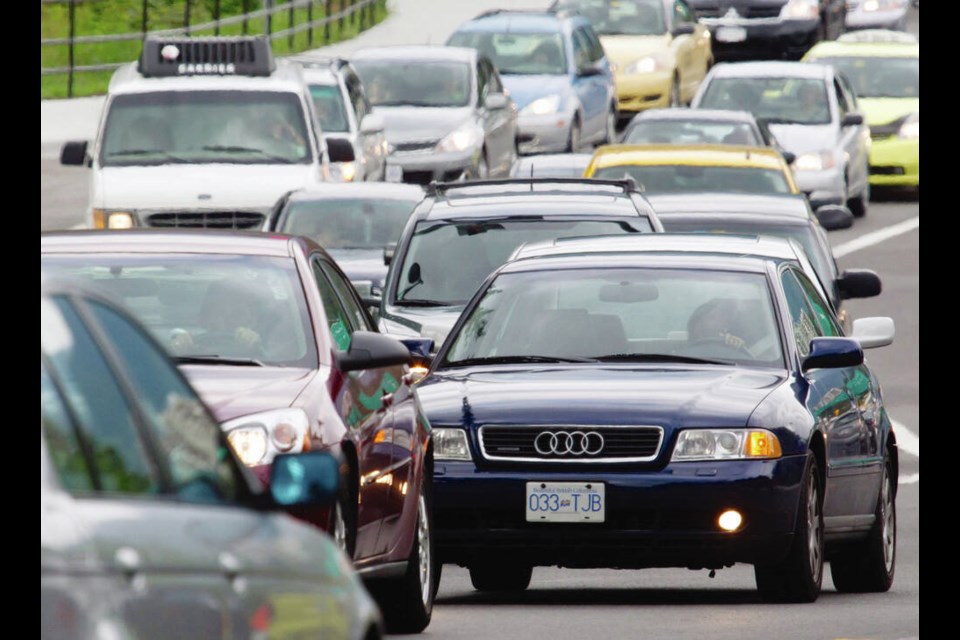Merging onto a busy highway is one of the most challenging skills a driver can master. Oftentimes it requires split-second judgment and a level of confidence that can be hard to reach even for people who have been behind the wheel for years.
Failing in one of these moments can lead to serious crashes or propelling yourself into the ditch. However, a bit of mental preparation and adopting a confident mindset will see you merging onto busy highways with ease.
I’m always preaching about slowing down, taking it easy and having patience. With merging there is a slight caveat. This is a manoeuvre that requires confident acceleration to blend in with the traffic flow while being willing to fit into a space where the distance between vehicles is pushing your comfort zone.
I’m not talking about cutting people off by any means. It’s more about finding your space as you merge into that faster moving lane then smoothly creating that safe following distance once you’ve joined the pack. A wave to that person behind you often goes a long way to reduce roadway tension.
It doesn’t happen very often, but one of the worst things a driver can do is slow, or even stop, in an acceleration lane. This can be very dangerous. Once you’re at the end of that acceleration lane, without merging, you have nowhere to go.
Your only prospect in that scenario is to wait until you perceive a large enough gap in traffic and then hammer the gas in the hope you can beat the traffic coming on behind you. That is poor driving technique that has often led, especially in the case of freeway driving, to multi-vehicle collisions. Speed matching on a merge is always the safest method to enter a highway.
Remember though, this isn’t the Indianapolis 500. The goal is to merge in smoothly — not engaging warp engines to beat those other folks at all costs.
Merge lanes are long by design, the idea being you are given plenty of space to match speed. However, I’ve often seen drivers punch it up to Mach 1, then cross over the solid white line on their left and zip straight into the fast lane. Congratulations. You’ve committed at least three violations in one manoeuvre.
So what happens when you’re on a large feeder roadway that is merging onto the main highway and everyone else on the feeder road is not matching speed?
In that case it may be prudent to remain in the furthest right hand lane. In a worst-case scenario, where you simply cannot match freeway speed, you will have the benefit of the shoulder as an escape route.
The key here is to signal your intentions early, then move up to the best possible matching speed while constantly checking your mirror and over your shoulder — looking for that gap where you can safely enter the freeway.
Zipper merging is touted by traffic safety engineers as the better method to keep traffic flowing in congestion points such as a lane shut down by construction. This method sees the obstructed lane traffic wait until nearly reaching the choke point, then alternately merging with other vehicles into the through lane.
This is a sound procedure, but one that requires the participation of the driver in the through lane. Currently B.C. law doesn’t formally recognize the zipper merge technique, even though there are often signs encouraging its use. The Motor Vehicle Act still places the onus on a driver changing lanes to do so safely. So ensure that you’re changing into that other lane cautiously with your turn signal activated. Always give that driver behind you the courtesy “thank-you” wave.
If you’re still having trouble with merge techniques, then it might be an idea to go out when traffic is much lighter and practise for an hour or so.
Once you gain some confidence, safely merging will become a routine part of your driving life.
Glove Box: A few readers have commented about the dangers of drivers who make right turns at red lights at the same time as vehicles, heading in the opposing direction, are trying to turn left with an advanced green. It’s become common practise for some red light right “turners” to cut in front or slip alongside drivers who are trying to get through an intersection with an advanced left turn. It’s not only a bad habit — it’s illegal. In B.C. you are of course allowed to make a right turn on a red, but only after yielding the right of way to all pedestrians and vehicles lawfully proceeding as directed by the signals at an intersection. Disobeying this rule carries the same fine and penalty points as blowing straight through a red light.


